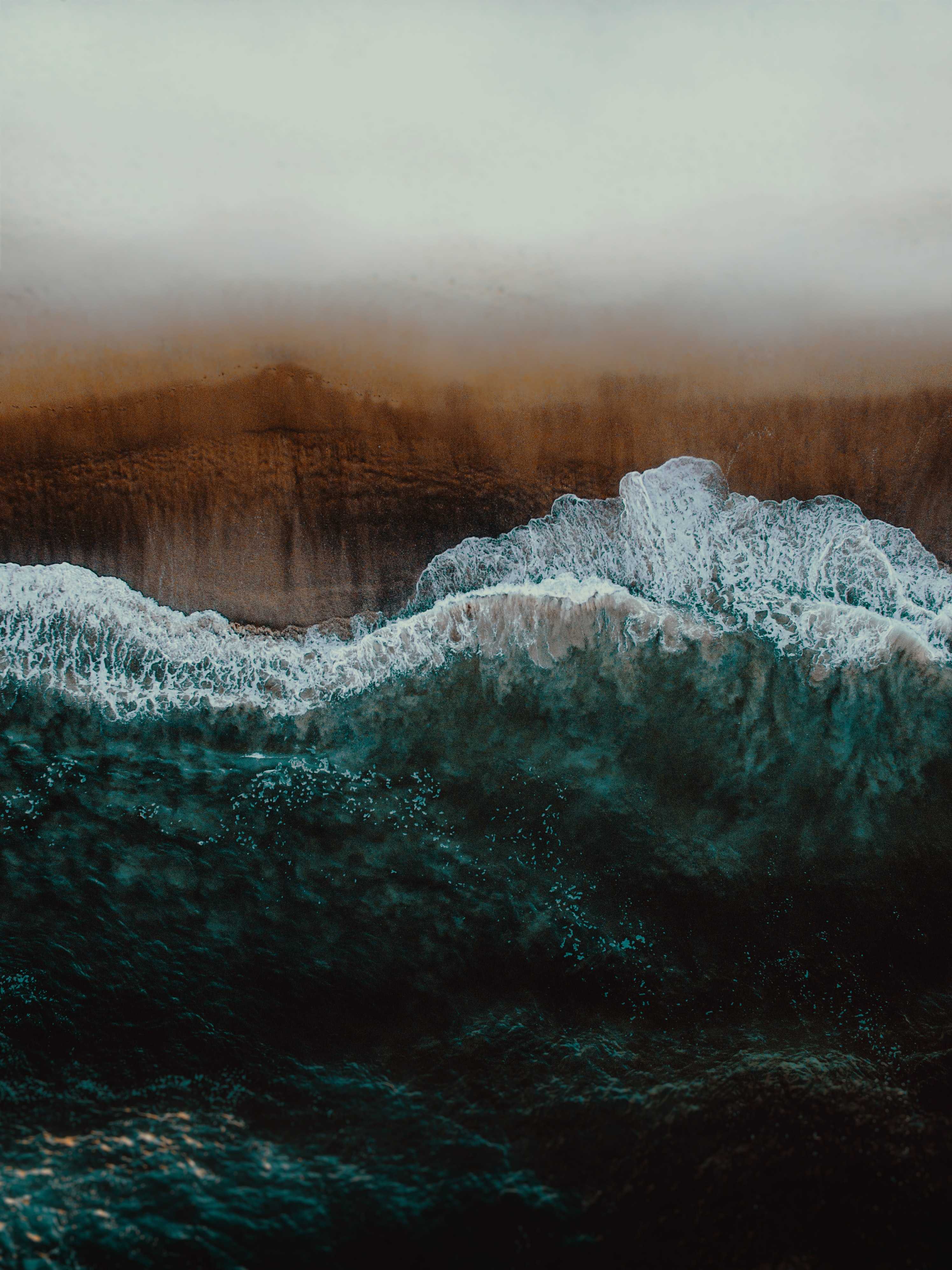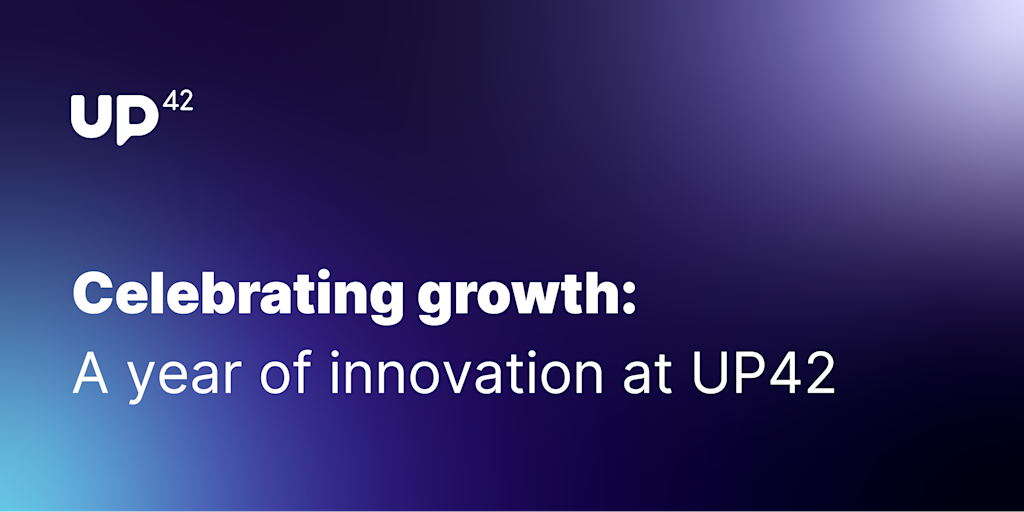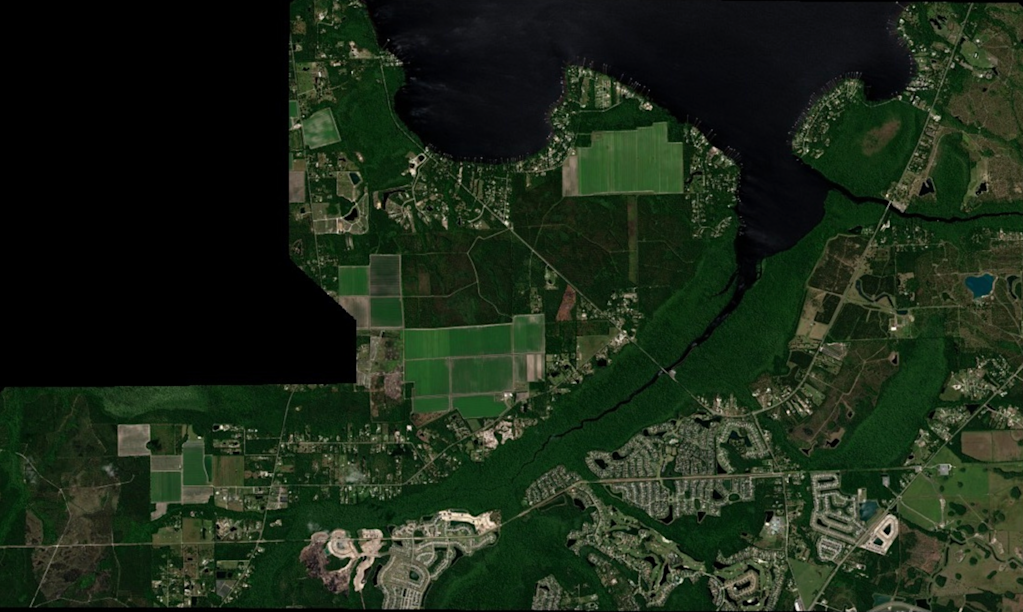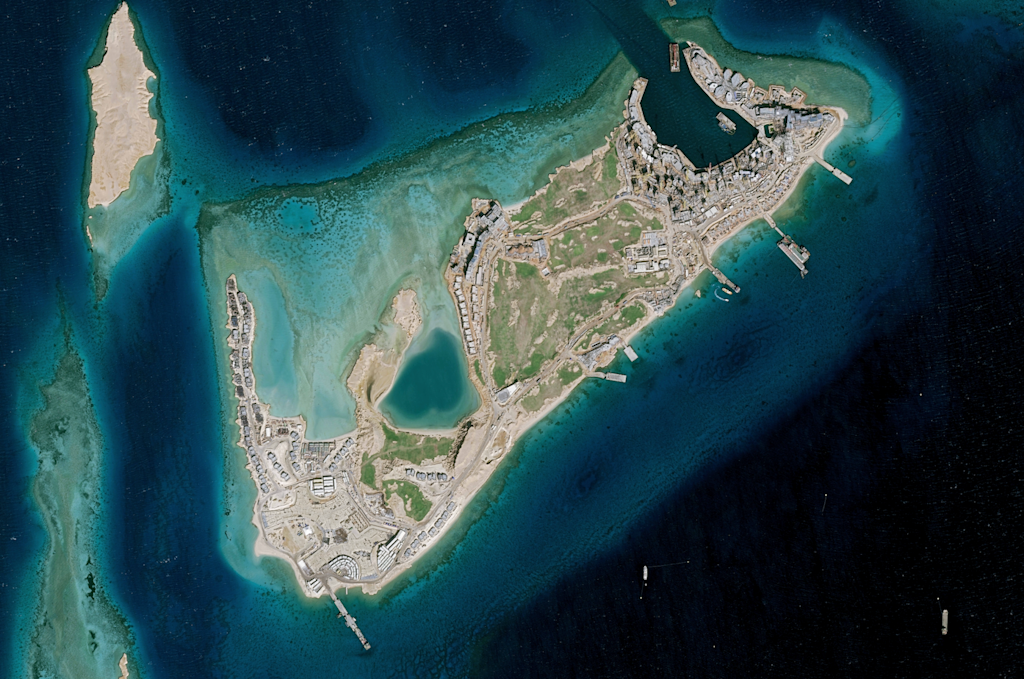What do we mean when we talk about “data discoverability”?
The UP42 platform has tons of different types of data from the world’s best providers. But just having it on the platform isn’t enough. Our users need to be able to find it, fast. We’ve recently put a lot of effort into reshaping the catalog experience to help users easily explore available collections.
The catalog is an entry point to the platform. Think of it as a sort of shop window, the first thing many users will see and interact with, before they begin to order at scale through the API or SDK. That’s why being able to present available offerings at a glance is a key task for the catalog.
We aim to make the catalog a discovery and comparison tool that guides users to the most suitable data. With this goal in mind, we set out to improve how our data is presented and to reduce the number of steps needed to purchase data.
To start, we took on the design challenge from the user’s perspective, narrowing our focus down to the most important information the user needs at each step. The goal here was to eliminate unnecessary hierarchy and only surface the most important data. We didn’t want to build a wall of switches and filters to overwhelm the user; a map-centric visual approach would work better to highlight the right information at the right time.
As users move through the workflow, from scene discovery to final purchase, the process needs to be seamless. Any steps that require leaving the workflow to update customer information or purchase credits may end with an abandoned purchase. This is why we also focused on looking at the customer journey holistically, from signup to final purchase in the catalog, eliminating any pitfalls along the way.
Armed with this knowledge, we took some concrete steps towards improving.
We introduced a clearer categorization of data types, allowing users to pick which types they’d like to work with, whether optical or SAR or something else. We also revisited the descriptions of available data products to make sure users know they’re ordering the right one.

Then, we switched to a more visual and flexible basemap, which includes the ability to overlay multiple scene previews on the map at once. This gives users a better idea of what scenes will work with their AOI, with less back-and-forth.

All together, we’ve made the entire process easier, more flexible, and less disruptive. But our work’s not done yet.
To continue improving the experience, we’re rolling out a new checkout flow, which will give a clear overview of selected data and confirm the data you’re purchasing for the AOI to reduce any chance of mistakes and wasting credits. We also aim to make it easier to compare different data sets and individual scenes by providing an overview of exactly how much of each AOI can be covered.
Next up, we’ll be revamping how data is structured and presented in the catalog. If you’ve used the UP42 catalog, I’d love to hear what you think, and any suggestions you might have for improving it.




